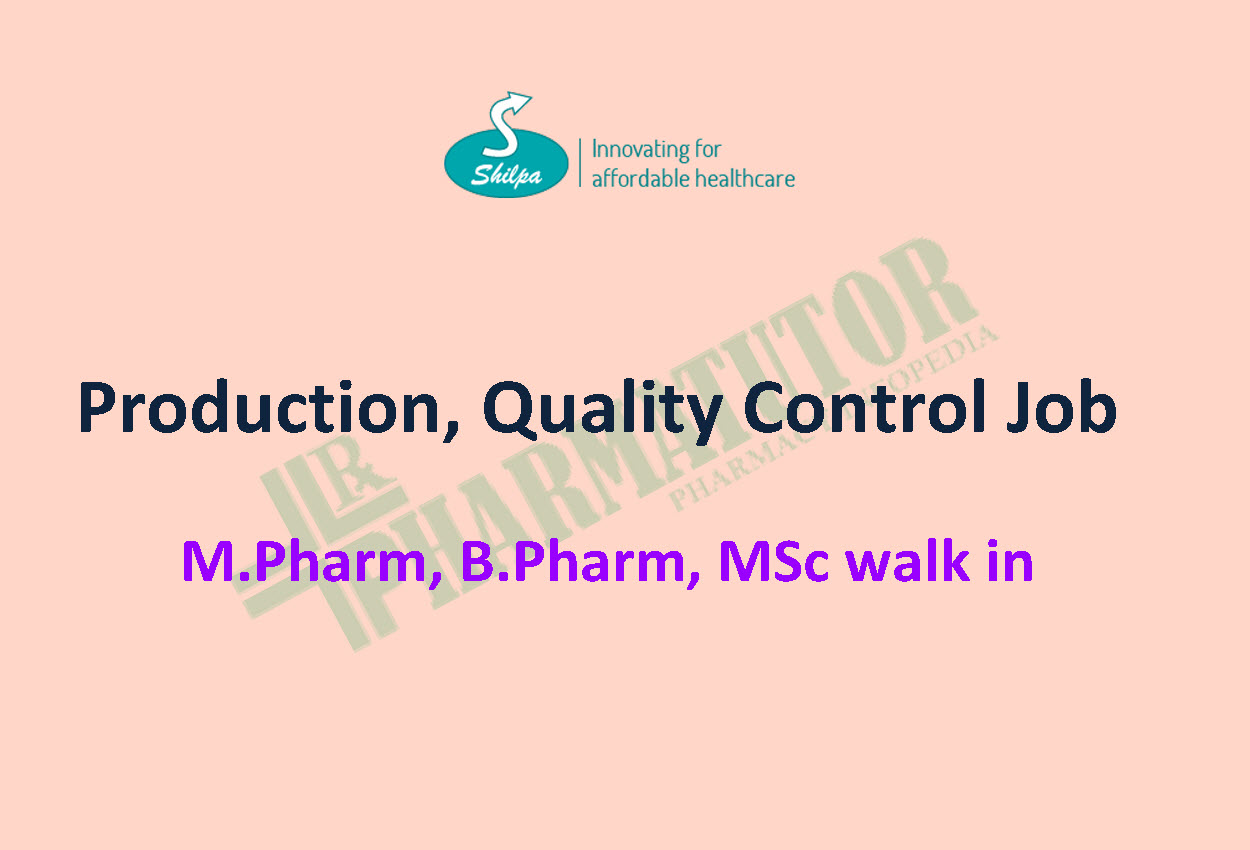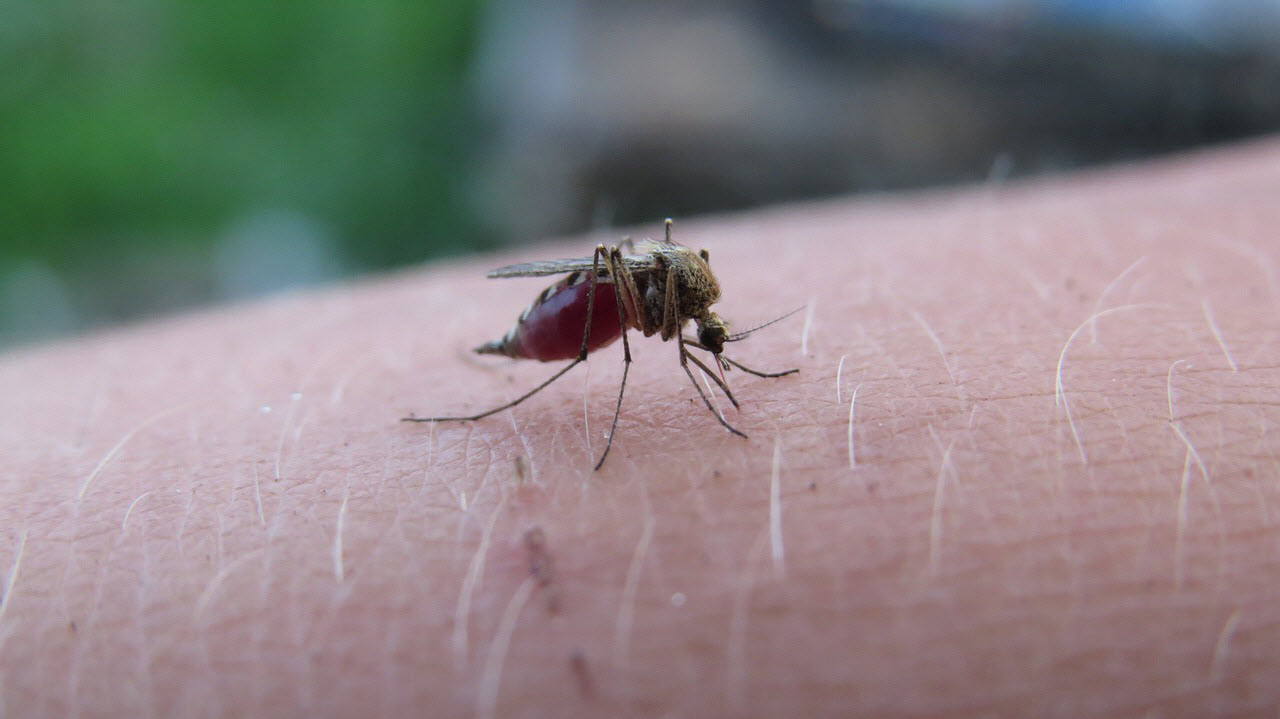Job for M.Pharm, B.Pharm, MSc in Production, Quality Control at Shilpa Medicare Limited


409,000. That is the number of people who died of malaria in 2019 as per the World Malaria Report, 2020. Malaria is an entirely preventable and treatable disease. Yet it kills so many. The burden is worse in the tropical and subtropical regions of the world.